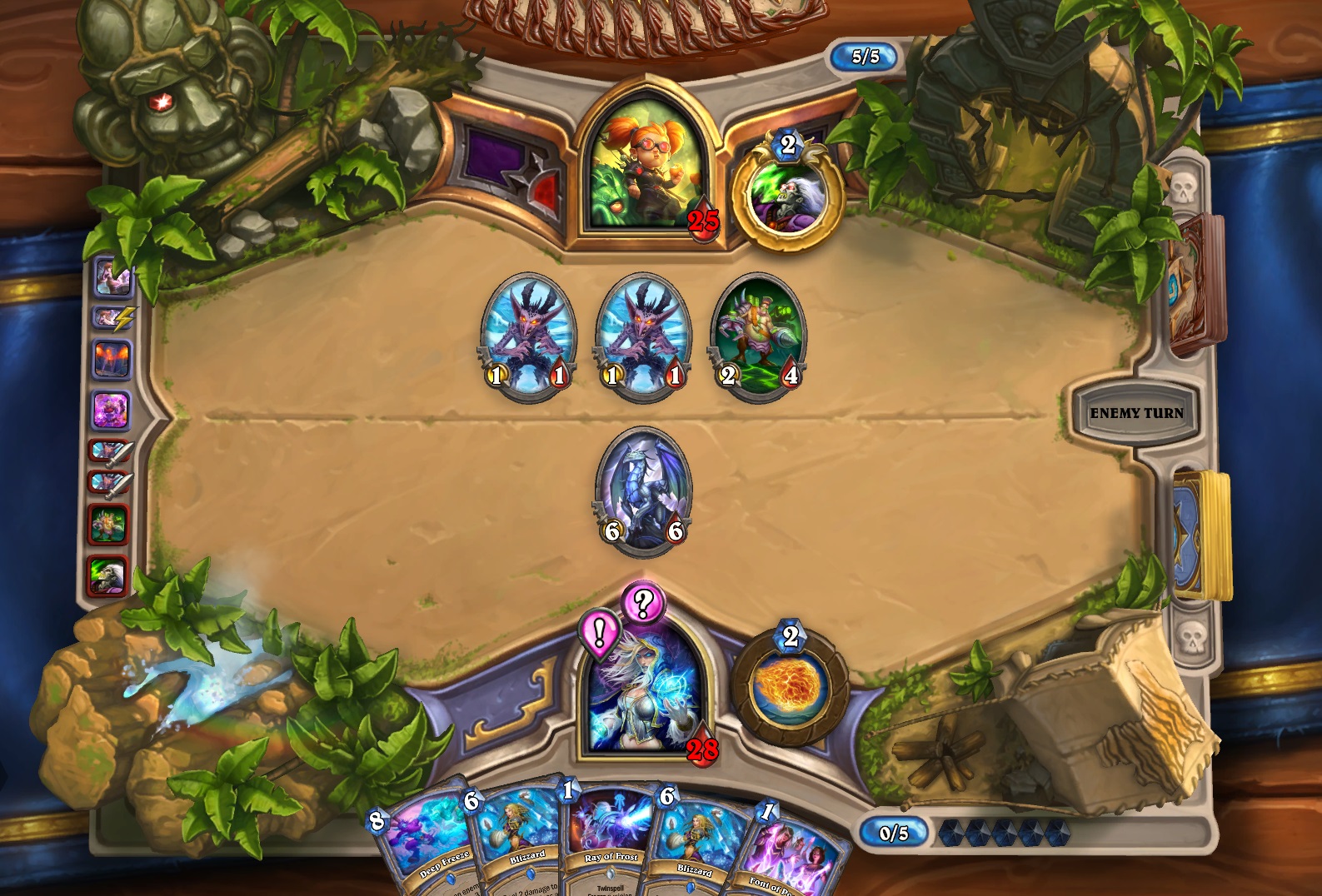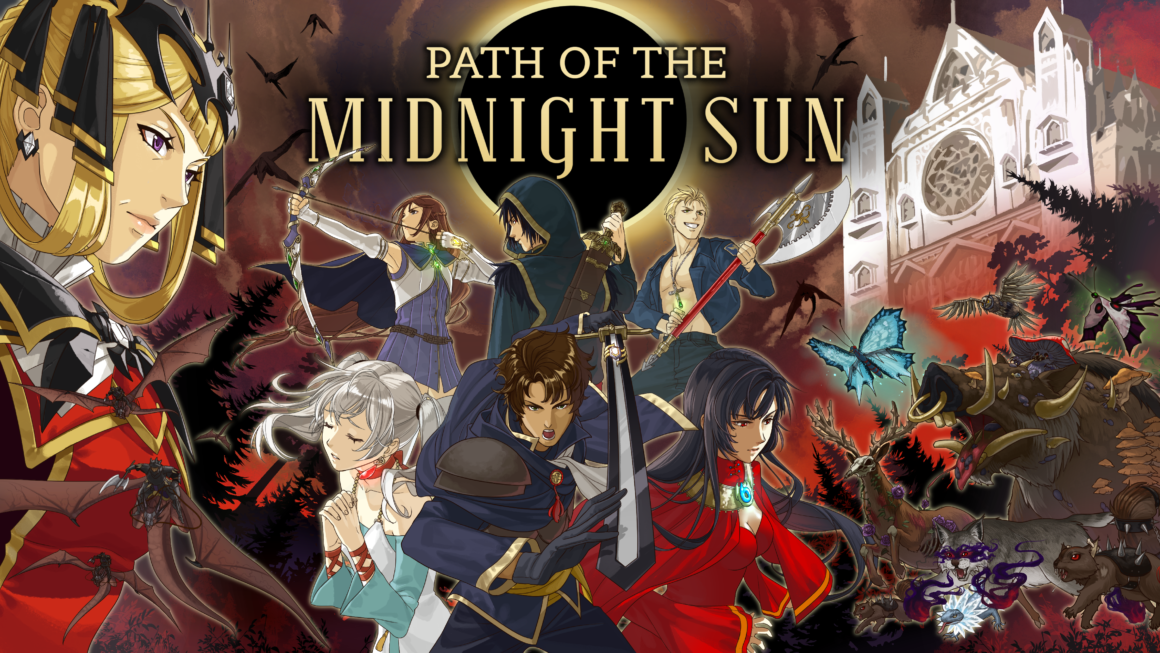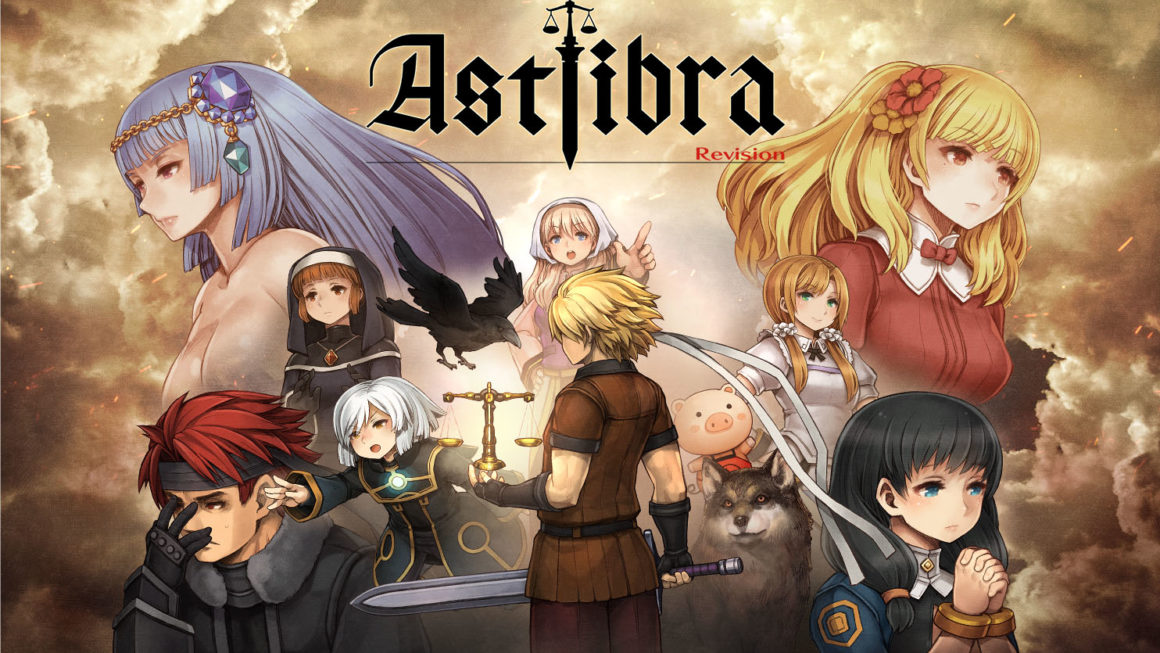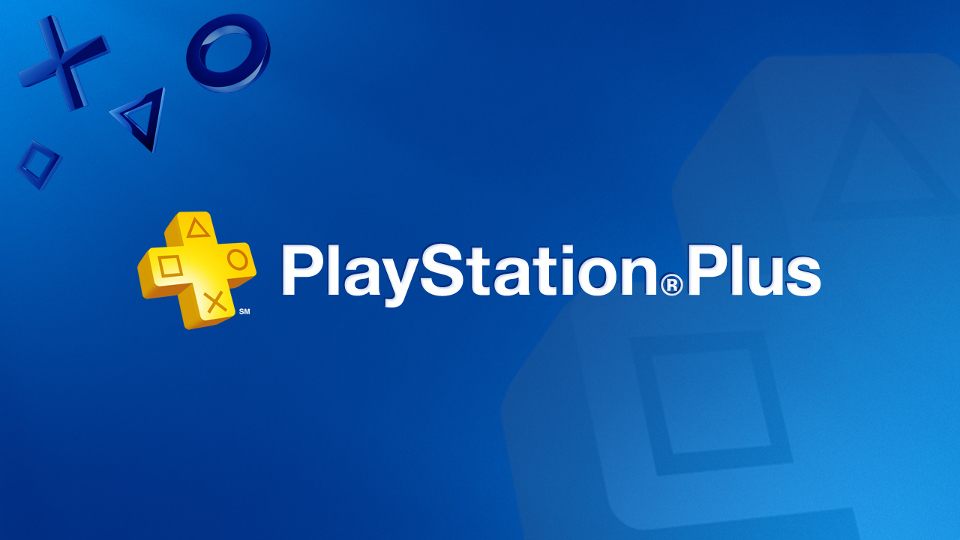In 1993, Wizards of the Coast released a new game called Magic: the Gathering. The first of its kind, it spawned a gaming genre called ‘trading card games’ and has produced many successful variations worldwide. Trading card games – presently known as ‘collectible card games’ or ‘CCG’ – offered a new way for players to interact with one another through gameplay, while building new relationships by learning about new strategies and satisfying the urge for competition.
With the rise of online gaming, CCGs went digital. This allows players to reach even more people across the planet playing the games they love and grew up with on new platforms. Here are the five best digital card games you should play.
Hearthstone
Hearthstone is a free-to-play online digital collectible card game developed and published by Blizzard Entertainment. Released in March 2014, it was developed as an experimental game by a smaller team of developers with a love of CCGs.
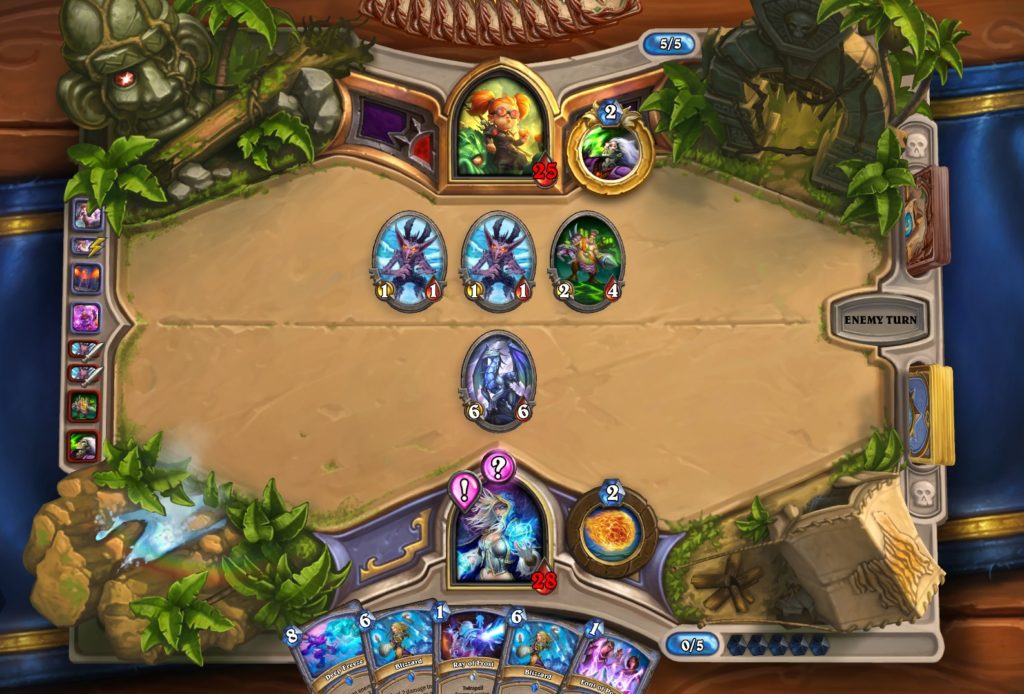
Partially based on the World of Warcraft CCG, this game was one of the first to remove interactions during opponents’ turns (a hallmark of CCGs since Magic’s initial release). This sped up the game and allowed it to be released across a variety of devices, including iOS and Android. By completing daily quests, you can collect in-game currency to buy packs of cards to add to your collection to help improve your decks.
One of the issues Blizzard ran into was repetitive gameplay. Players always had to find the newest cards as older sets became illegal in Standard (a game mode including only recent sets and cards from the Basic and Classic sets) or play Wild (all cards are legal). To combat this, Hearthstone added several new game modes to keep players interested. This includes an autobattler called Battlegrounds and a new format due to release on November 12th called Hearthstone Duels. This game mode sees you construct a deck from a groups of cards you select, adding more cards as you win against opponents. The growing number of game modes means you can always find something to play!
Take “Free-to-Play” Lightly
Although Hearthstone is “free-to-play”, it can be difficult to acquire the cards you need or want to make the decks you desire. This leaves the casual player stranded if they put the game down for a while. They’ll miss cards from the recent set, leaving their decks underpowered against opponents who keep up with the games new releases. Although the Wild format theoretically avoids this, if you aren’t lucky enough for your deck to be constructed well, you can still feel overwhelmed by the strength of the best decks. In recent years, Blizzard has done some to mitigate this (daily quests average you a pack every two days and packs now won’t give you duplicates in a rarity until you have acquired all the cards of that rarity), but that only helps if you play it daily.
Pros:
- Games are relatively fast for CCGs
- Many different game modes that can help keep your interest
- Can play on your computer or mobile device and features cross-platform play
Cons:
- Difficult to acquire cards to make the best version of your deck if you only play for free
- Can be hard to keep up on current sets for Standard Mode if you decide to take a break from the game
Magic: the Gathering Arena
In November 2017, Wizards of the Coast ventured into the Digital realm for CCGs with the beta of Arena. Since then, millions of registered users have logged into the game, helping Magic be one of two Hasbro products that produced revenue gains in the last year.
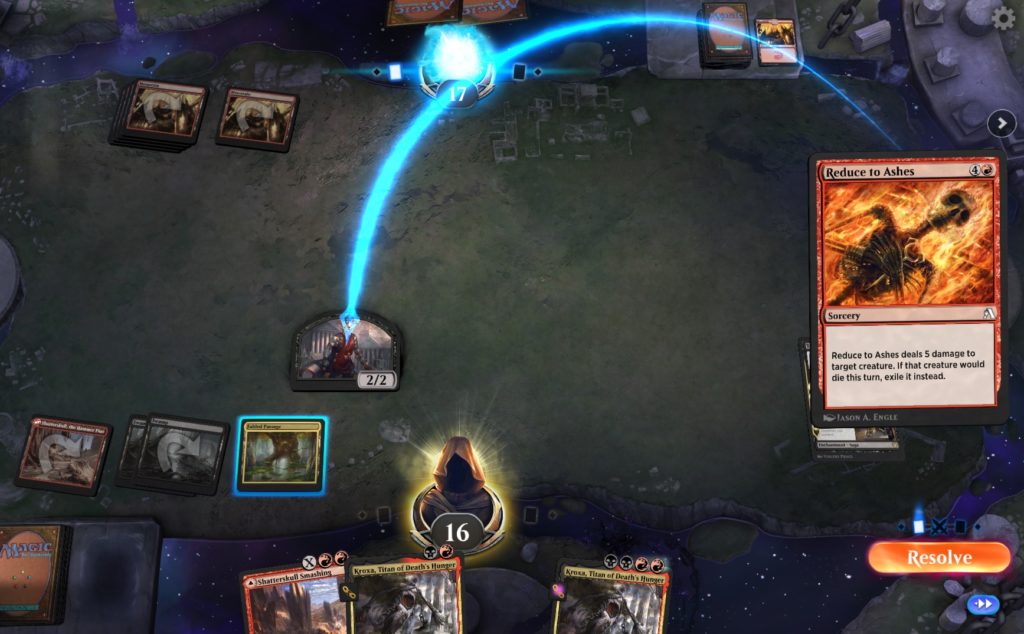
Magic: the Gathering Arena is, quite simply, the best way to play Magic online. Magic is one of the most in-depth and complex games, with hundreds of cards available at any given point and even more strategies combining said cards, to boot. There are also plenty of game modes to sate your appetite. There’s Standard which uses the most recent cards released, Historic where you play with cards collected from older sets, and Draft mode where you select cards to create a deck to battle other players and add cards to your collection. The interaction between players is at its peak in this game, as well, as the rules of the Magic allow you to interact with your opponents during their turn. Despite all the stops and starts required for such gameplay, the user interface (UI) is surprisingly crisp and allows players to play at a decent pace, making games faster than they would be on paper. Additionally, if you have a competitive edge, making the Top 1200 on the Ladder Rankings tends to qualify you for special tournaments that award monetary prizes.
Showing Your Hand in Arena
Despite the UI working well with the rules of the game, there are still plenty of issues that can arise. For instance, if you do have spells that can be cast during your opponents turn, the game will always stop and allow you the choice to cast them. The problem arises when you do not have spells to cast, the game doesn’t pause. This allows veteran players to notice if the opponent may not have any response to their plays. Although the game is faster than games of Magic on tabletops, the game is played at a much slower pace than most other digital CCGs, because of all the pausing to allow for such interaction. Finally, although ‘free-to-play’, Arena is the game that most likely will require the most attention to stay updated. And collecting cards to play multiple decks can be an expensive endeavor, should you like playing or crafting decks for different strategies.
Pros:
- Arena is the best way to play Magic: the Gathering in a digital format
- Crisp user interface that works relatively well with the complex rules system
- Competitive players can qualify for special tournaments if you reach the top rankings on the Ladder
Cons:
- The UI can still have issues due to the deep and complex rules system
- The games take the longest to complete of the digital CCGs listed, by far
- Likely the most expensive ‘free-to-play’ digital CCG on this list
Eternal
Eternal is a digital CCG developed by Dire Wolf Digital released worldwide on Steam in 2018. It’s currently also available on iOS, Android, Xbox One, and Nintendo Switch.
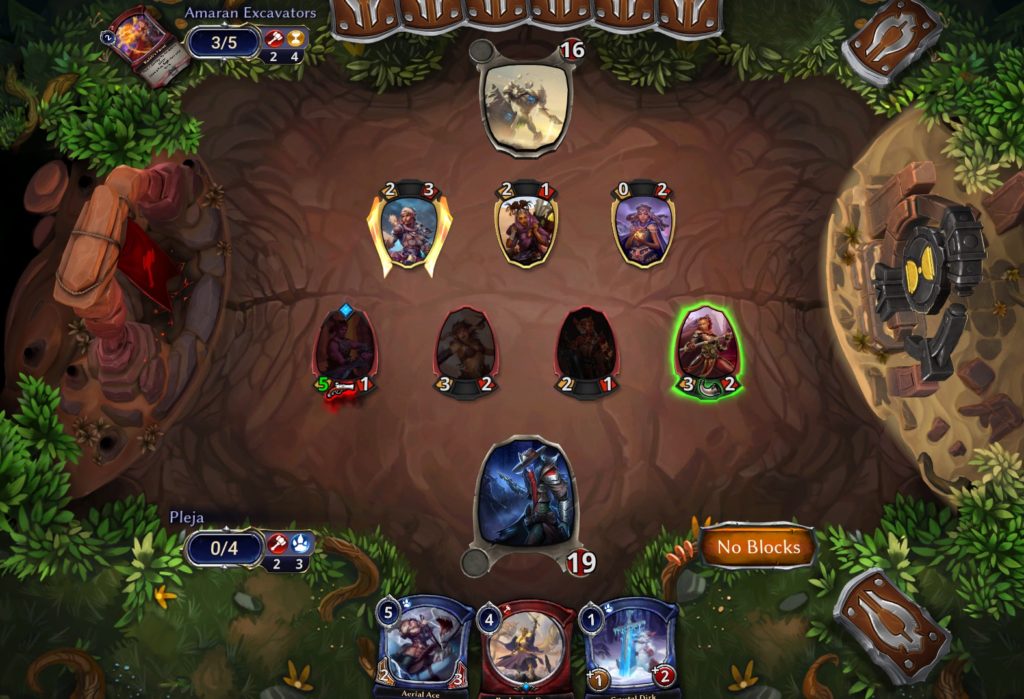
Eternal mixes elements of Magic: the Gathering with the digital elements you’ll find in games like Hearthstone. For instance, it uses a similar resource system as Magic with Power cards to play the ones in your hand, but cards also have abilities that can modify those in your deck (such as increase their attack and health) that is unavailable to a paper game like Magic. Eternal also allows for interaction during the opponent’s turns, but to keep the gameplay at a reasonable speed, streamlines the process so there aren’t as many stops and starts along the way. Again, there are several modes for players, both in PvP and PvE that allow players to freely collect cards to help construct decks. Each win earns rewards in the form of cards and in-game currency which can be used to enter other game modes or acquire card packs and is one of the more player-friendly digital CCGs in giving players cards and currency to acquire more cards.
Eternal-ly Changing
Although it leads to more healthy gameplay, the devs tend to change the power level of cards regularly. This can be problematic for casual players finding their decks may not function the same way and forced to find other decks. The problem is mitigated a little by how generous the game is with the free-to-play format. Additionally, the resource system can lead to frustrating gameplay, where you are unable to play the cards in your hand, like in Arena.
Pros:
- Combines elements of paper CCGs and digital CCGs unlike other games
- Generally healthy formats that are curated by the dev team
- Very player-friendly with the free-to-play rewards
Cons:
- The regular curation can lead to needing to find more cards for new decks often
- Like in Magic, the resource system can lead to you being unable to play your cards, leading to occasionally frustrating experiences
Legends of Runeterra
In 2019, Riot Games announced the arrival Legends of Runeterra, a CCG based in the world of their widely renowned MOBA League of Legends, and brought a new wrinkle in the game design. Like Hearthstone, it leaned heavily into the digital design space for CCGs to create a new experience for players.
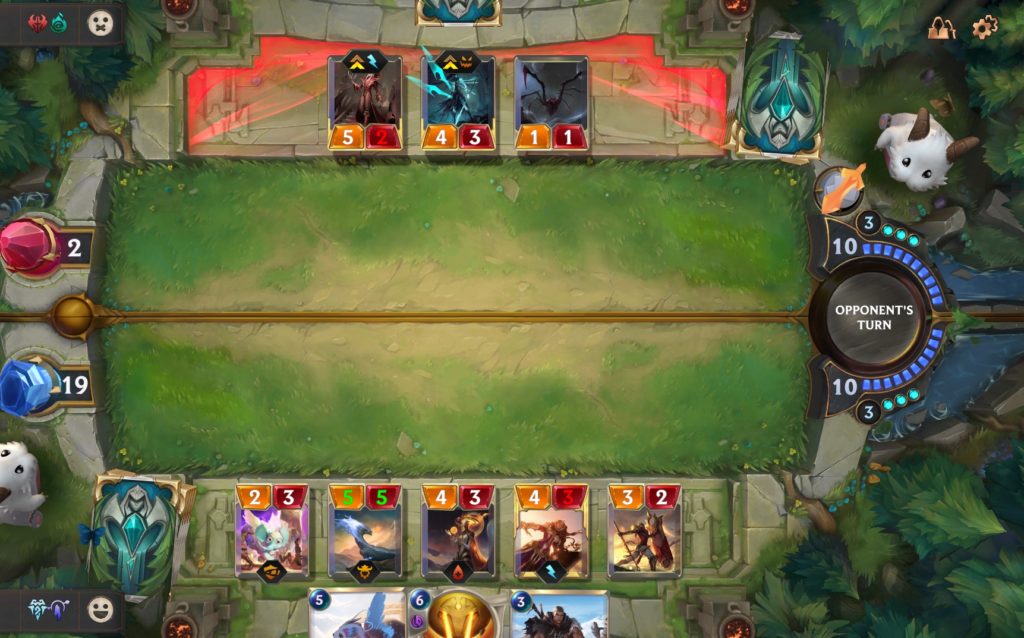
If I’m being honest, Legends of Runeterra might currently be the best digital CCG I’ve ever played and the one I would first recommend trying for gamers new to the genre. Similar to Eternal, it takes from elements of both tabletop and digital CCGs, but builds upon them in ways I’ve never seen before. The game is fairly simple to learn with a comprehensive tutorial, but uses plenty of subtle rules interactions to generate a new experience almost every time you play. The game is incredibly friendly with in-game rewards to help you out with your collection, and also has plenty of different modes to keep you interested. The Champion cards are incredible signposts for players who like to build their own decks. Regular adjustments of power levels of cards also leads to generally healthy gameplay and metagames for ladder players.
The Rules of Runeterra
Like Eternal, there are very few negatives to discuss. The biggest issue might be how intricate the rules interactions can be for newer players. You need to be careful when planning your turns and predicting how your opponents will react to how you play your cards. The changing of card power levels can also lead to players looking for new decks to stay on top of the ladder metagame.
Pros:
- Clever game design combining aspects from digital and tabletop design space
- Comprehensive tutorial allows for newer players to learn the more intricate aspects of the rules
- Incredibly player-friendly rewards for free-to-play players
Cons:
- Intricate rules system can trip up players not used to it
- Regular power level adjustments can hurt playability of decks for casual players
Cardfight!! Vanguard ZERO
Cardfight!! Vanguard ZERO is a mobile app version of Bushiroad’s CCG Cardfight!! Vanguard released in April of 2020. The original game was released in 2010 for tabletop gameplay.
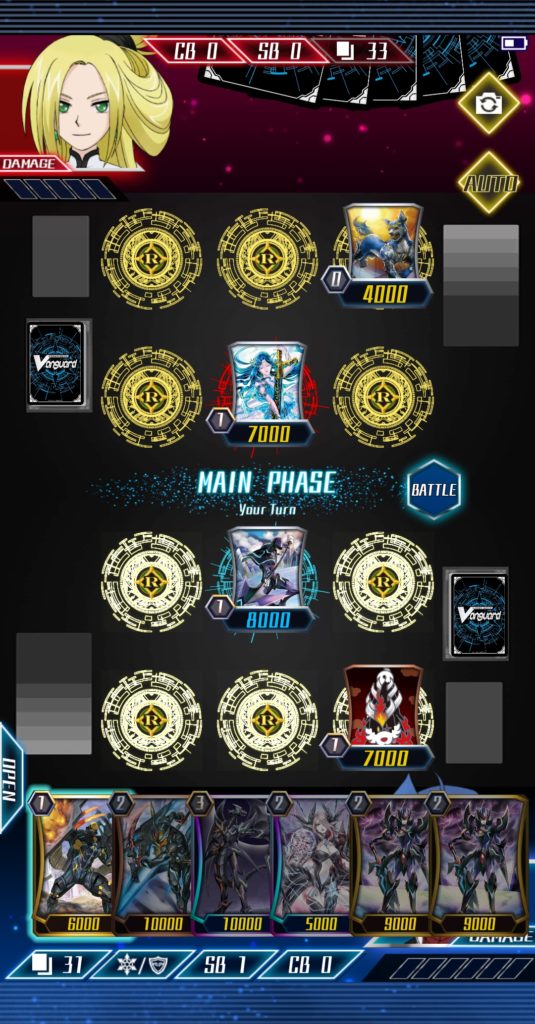
Vanguard ZERO has several differences from the other CCGs on this list. First, it follows a very different rules system. There is no resource system and your life total is six, for instance. It is only available on mobile devices, such as iOS and Android. The game focuses solely on units; there are no ‘spells’ to speak of in the game. The main game modes are ladder play, where you construct a 40 card deck of a single “clan” and play against other players; Story mode, where you follow the storyline of the original anime and play against the characters from the series; and Character fights, where you can collect materials to acquire more cards of specific clans. Periodically, the game will increase rates for certain materials and in-game currency to acquire packs and customize your decks and ‘personal room’ for yourself and others to see. The games also tend to only last a few turns, but despite that, can have quite a bit of back and forth gameplay and strategy involved, despite how simple the rules tend to be.
Gacha!! Vanguard Zero
Though the game is quite fun and quick, this game is a gacha game through and through. You can mostly acquire cards of a specific clan in rate-up rolls, making it incredibly difficult to build decks of more than a single clan if you’re strictly free-to-play. Usually, there will be plenty of viable ladder decks for players to use, but if the clan you select ends up falling out of the necessary power level, you could find yourself playing more PvE modes than Laddering to acquire a new deck. You may want to do research to find out which clans are successful ladder decks, should you decide to start playing. It can also be a bit difficult to find rules for the game, because to streamline the game for mobile devices, several aspects of the game were changed from its tabletop form. It soured me on the game, initially, as I’m a fan of the original Cardfight!! Vanguard CCG. But if you want something different and relatively fast from the other games, give this one a try!
Pros:
- Games are relatively quick, lasting only a few turns for each player
- Several clans with a variety of gameplay between them leads to many ways to play the game
- If you’re a fan of the anime, the Story Mode is quite fun, reliving the experience
Cons:
- Be careful what rules you look up, because Vanguard ZERO’s rules are different from the original game
- It is very difficult to acquire more than one deck as a free-to-play player

